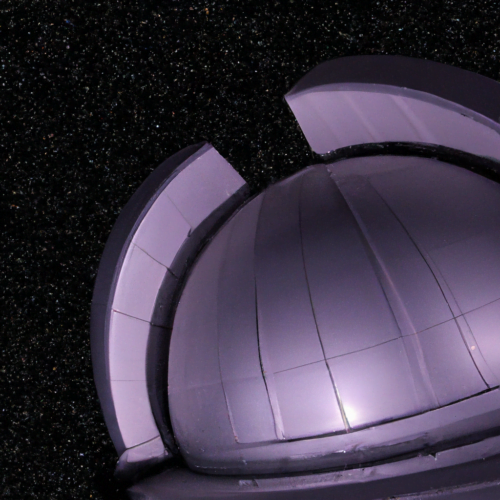Telescopes hold the power to unlock the mysteries of the universe, but have you ever wondered why cooling time is crucial for their functionality? The answer lies in the delicate and intricate mechanisms that allow us to gaze into the heavens. Cooling time is necessary to stabilize the temperature of the telescope, ensuring its components are in perfect harmony and ready to capture the wonders of the night sky. Without this crucial step, the telescope’s performance could be compromised, leaving us unable to explore the vast wonders that lie beyond our reach.
Table of Contents
Understanding Cooling Time
Definition of Cooling Time
Cooling time refers to the period it takes for a telescope to reach thermal equilibrium, where its temperature is in perfect balance with the surrounding environment. It is the crucial time needed for the components of the telescope to stabilize and achieve optimal performance.
Why Telescopes Need Cooling Time
Telescopes need cooling time because they are highly sensitive instruments that are designed to capture and detect faint celestial objects in the vast expanse of the night sky. The accuracy and precision of their observations depend on minimizing the effects of heat, which can cause various detrimental effects on the performance and image quality of telescopes.
Effects of Heat on Telescopes
Thermal Expansion and Contractions
Heat can lead to thermal expansion and contractions of the components within a telescope. When temperature changes rapidly, the different materials used in telescopes, such as metal and glass, expand or contract at different rates. This can result in misalignments, affecting the accuracy and focus of the telescope’s optics.
Optical Distortions
High temperatures can cause optical distortions in telescopes. When different layers of air have varying densities due to temperature gradients, the path of light passing through them can bend and refract, leading to image distortions. These distortions reduce the clarity and sharpness of the observed images, compromising the overall image quality.
Dew Formation
Heat can also contribute to the formation of dew on telescope surfaces. When the temperature of the telescope drops, especially in humid environments, moisture in the air condenses on the surface of the optics, mirrors, and lenses. Dew droplets can obstruct the collection of light and cause image degradation, thereby hindering the telescope’s ability to capture clear and detailed images.
Image Quality Degradation
The accumulation of heat within a telescope can cause image quality degradation. Excessive heat can introduce thermal noise, which is unwanted random variation in the signal detected by the telescope. This noise reduces the signal-to-noise ratio, making it more challenging to discern the faint details and features of celestial objects. Cooling time is necessary to reduce this thermal noise and improve the overall image quality.
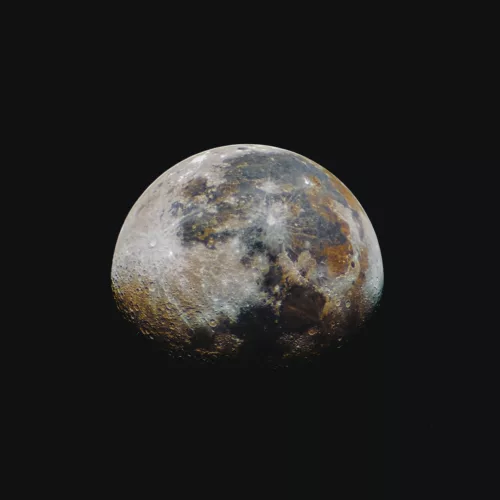
Components Affected by Cooling Time
Mirrors
Mirrors in telescopes are particularly susceptible to the effects of heat. They can deform due to thermal expansion, leading to distortions and aberrations in the reflected light. Cooling time helps to stabilize the mirror’s temperature, allowing it to maintain its shape and integrity for accurate reflection and optimal performance.
Lenses
Similar to mirrors, lenses are prone to thermal expansion and contraction. Changes in temperature can alter their focal length, affecting the overall focus and image quality. Cooling time ensures that lenses reach thermal equilibrium, minimizing the variations in their shape and preserving their optical properties.
Electronic Systems
Telescopes rely on electronic systems for data collection, image processing, and control. Excessive heat can negatively impact the performance and lifespan of these electronic components. Cooling time helps regulate their operating temperature, preventing overheating and potential damage, thereby ensuring the reliability and longevity of the telescope’s electronic systems.
Sensors
Sensors, such as charge-coupled devices (CCDs) used in modern telescopes, are highly sensitive to temperature fluctuations. Increased heat can generate additional noise signals in the detectors, compromising their ability to accurately capture and record the faint light from distant celestial objects. Cooling time is essential to stabilize the sensor’s temperature, reducing noise and enhancing the sensitivity for more precise observations.
Optical Systems and Cooling Time
Refractor Telescopes
Refractor telescopes, which employ lenses to gather and focus light, can greatly benefit from cooling time. These telescopes typically experience thermal expansion and contraction of their lenses, leading to a shift in focal length. Cooling time allows the lenses to stabilize, ensuring consistent focus and optimal image quality.
Reflector Telescopes
Reflector telescopes use mirrors to gather and reflect light onto a focal point. The mirrors in these telescopes can suffer from thermal expansion and deformation, resulting in changes in their shape and reflecting properties. Cooling time helps mitigate these effects, ensuring the mirrors maintain their precise curvature and reflectivity.
Catadioptric Telescopes
Catadioptric telescopes combine both lenses and mirrors to gather and focus light. Consequently, they can experience a combination of the thermal expansion and contraction effects of both lenses and mirrors. Cooling time is crucial to minimize these variations and achieve the desired optical performance of the catadioptric telescope.
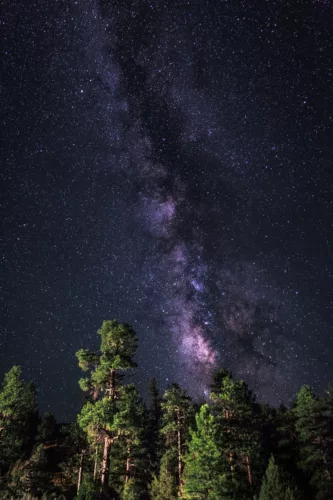
Importance of Stable Temperatures
Thermal Equilibrium
Achieving thermal equilibrium is critical for telescopes to ensure stable and consistent performance. Stabilizing the temperature of the components helps maintain their structural integrity, preventing any distortions or misalignments caused by temperature-induced expansion or contraction. This stability allows the telescope to deliver accurate and reliable observations over extended periods.
Minimizing Thermal Stress
Rapid temperature changes can create thermal stress within the telescope’s components. Such stress can lead to structural damage, warping, or even cracking of delicate parts. Cooling time allows the telescope to transition gradually to the desired temperature, reducing thermal stress and prolonging the lifespan of the instrument.
Preserving Optimal Performance
To achieve optimal performance, telescopes must operate under controlled and stable conditions. Cooling time ensures that the telescope’s optical systems, such as lenses and mirrors, maintain their optimal properties. By minimizing the effects of heat, telescopes can deliver superior image quality and maximize their observing capabilities.
Cooling Methods for Telescopes
Passive Cooling
Passive cooling refers to the natural dissipation of heat through mechanisms like conduction, convection, and radiation. Many telescopes incorporate passive cooling elements, such as heat sinks or vents, that allow heat to escape gradually without the need for additional cooling devices. This method is often used in smaller telescopes or those operating in environments with mild temperature fluctuations.
Active Cooling
Active cooling involves the use of additional systems to actively control the telescope’s temperature. Cooling fans or thermoelectric devices can be employed to regulate the heat dissipation process and accelerate the cooling time. Active cooling is typically used in larger telescopes or in environments with more significant temperature differentials.
Cooling Fans
Cooling fans are commonly used in telescopes to facilitate the airflow around the components, promoting heat dissipation. By actively circulating air, cooling fans help maintain lower temperatures and reduce the cooling time required for the telescope to reach thermal equilibrium. However, the use of cooling fans can introduce additional vibrations and potential image distortions, which need to be carefully managed.
Chilled Chambers
In some sophisticated telescopes, cooled or chilled chambers are utilized to reduce the temperature of the entire instrument. These chambers are specially designed to provide a controlled environment, allowing the telescope to cool down at a faster rate and stabilize more efficiently. Chilled chambers are commonly used in professional observatories and space-based telescopes.
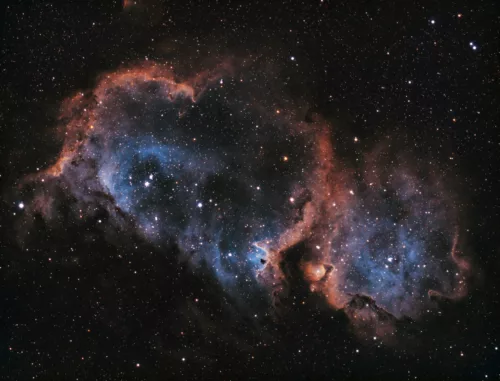
Cooling Time Considerations
Duration and Optimal Length
The duration of cooling time required for a telescope depends on various factors, including the size of the instrument, its components, and the ambient temperature. Generally, larger telescopes take longer to cool down due to their greater thermal mass. It is crucial to follow manufacturer guidelines or consult experts to determine the optimal cooling time for a specific telescope and ensure optimal performance.
Environmental Factors
Environmental factors significantly affect the cooling time of telescopes. Humidity, air density, and altitude can influence heat dissipation rates and affect the stability of the telescope’s temperature. It is essential to consider these factors when planning observing sessions to minimize the impact of environmental conditions on cooling time.
Weather Conditions
Weather conditions, such as high ambient temperatures or rapid changes in temperature, can prolong the cooling time required for telescopes. Extreme heat or cold can affect the overall stability and performance of the instrument, making it necessary to monitor weather conditions and adjust observing plans accordingly. Additionally, adverse weather conditions, such as rain or snow, may also affect the cooling process and require additional precautions to protect the telescope.
Adapting to Different Locations
Telescopes used in different locations with varying climates and environmental conditions may require adjustments to their cooling time procedures. It is crucial to understand the specific requirements of each observing site and implement the necessary measures to ensure efficient cooling. Adapting to different locations enables telescopes to consistently provide high-quality observations and optimize their performance.
Maximizing Observing Efficiency
Planning Ahead
To maximize observing efficiency, it is important to plan ahead and consider cooling time as an integral part of the observing process. Allocate sufficient time for the telescope to cool down before beginning observations to ensure optimal performance throughout the session. Incorporate cooling time into the overall schedule, allowing for a seamless transition from setup to capturing precise astronomical data.
Pre-Cooling Procedures
Implementing pre-cooling procedures can expedite the cooling time required for telescopes. For example, shading the instrument from direct sunlight or positioning it in a shaded area can help reduce initial heat absorption. Performing these pre-cooling steps can significantly decrease the overall time needed for a telescope to reach thermal equilibrium, enabling faster and more efficient observations.
Cooling Time Management
Efficient cooling time management involves closely monitoring the temperature changes within the telescope during the cooling process. Utilize temperature sensors and monitoring equipment to track the progress and ensure that thermal equilibrium is reached. Adjust cooling methods, such as fan speeds or chamber temperatures, if necessary, to optimize the cooling process and minimize any potential disruptions.
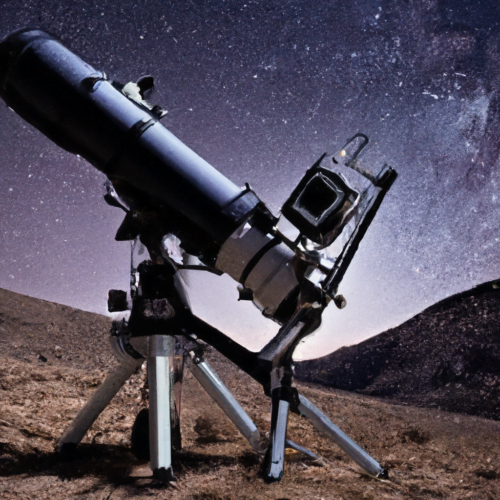
Cooling Time and Various Telescope Types
Astronomical Telescopes
Cooling time is essential for all types of astronomical telescopes. Whether it is a refractor, reflector, or catadioptric telescope, cooling time allows these instruments to stabilize, ensuring accuracy and delivering superior image quality. The longer the focal length or the larger the aperture, the more critical cooling time becomes to mitigate the effects of heat and maximize the telescope’s observing capabilities.
Solar Telescopes
Solar telescopes, specifically designed for observing the Sun, also require cooling time. These telescopes often incorporate additional cooling mechanisms, such as liquid cooling systems, to minimize the impact of heat on solar observations. Cooling time is crucial for solar telescopes to stabilize the temperature-sensitive optics and sensors, allowing for precise and detailed observations of the Sun’s dynamic activities.
Space Telescopes
Space telescopes, such as the Hubble Space Telescope, face unique cooling challenges due to operating in the vacuum of space. These telescopes use advanced cooling systems, such as radiators and specialized heat dissipating materials, to manage the extreme temperatures. Cooling time in space telescopes helps ensure the equipment reaches its optimal operating temperature and maintains the desired performance throughout its mission.
Conclusion
Cooling time is a crucial aspect of telescope operation that often goes unnoticed but plays a vital role in ensuring the accuracy, stability, and optimal performance of these remarkable instruments. Understanding the effects of heat on telescopes, the components affected by cooling time, and the importance of stable temperatures allows astronomers and enthusiasts to maximize their observing efficiency and capture breathtaking views of the universe. By implementing appropriate cooling methods, managing cooling time effectively, and adapting to different observing conditions, telescopes can consistently deliver outstanding image quality, preserve the integrity of their optical systems, and unlock the secrets of the cosmos.
